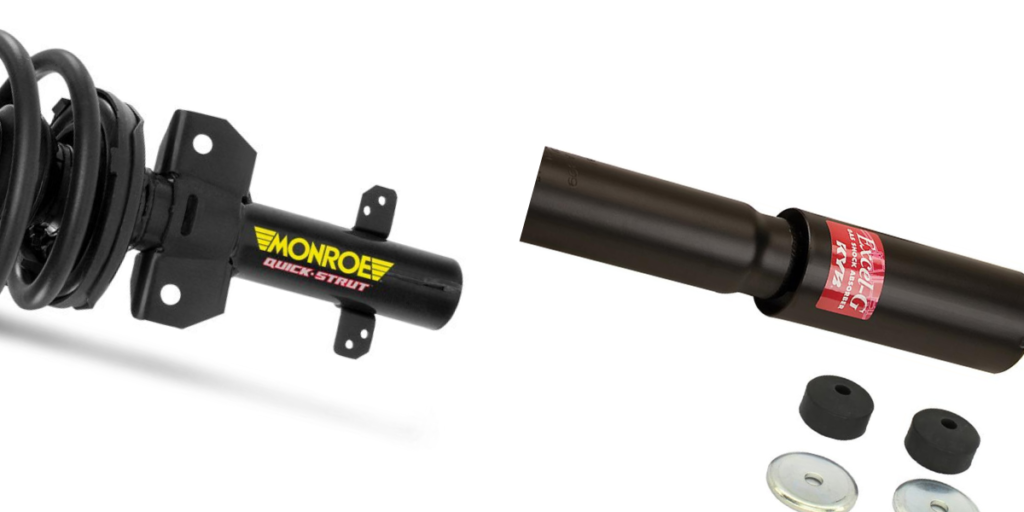What is a Coolant?
Although it is not a physical component of the cooling system, the coolant plays an essential role in the smooth functioning of the cooling system. The coolant reaches very high temperatures and withstands high pressure inside the cooling system. Its job is to prevent the engine from overheating. By absorbing the excessive heat produced from the friction created inside the engine, the coolant allows the engine to work efficiently without seizing. Coolant leaks, if left unchecked, can cause the whole cooling system to collapse. In this article, you can learn how to check for coolant leaks and the possible measures you can undertake to stop the coolant from leaking.
Environmental Hazard
Coolants are very toxic to the environment. Therefore, as soon as you spot leakage, try to prevent the coolant from coming in contact with any biodiversity to avoid any environmental hazard. Collect the remaining fluid in a pan or bucket and discard it responsibly.
How to check for Coolant Leaks
Before you can fix anything, you now need to know the exact source of the coolant leakage.
Following are some of the places that you need to check for coolant leaks:
Visible signs of coolant leaks
Most Coolant leaks are b visibly spotted. Because the coolant has such a strong smell, you may also be able to smell the fumes of the coolant if a leak has occurred. Look under your car if you smell something unusual. If the coolant has been leaking, you should be able to spot a puddle of coolant underneath your car.
Check the Radiator
The radiator does the important job of keeping the coolant cool, allowing the engine to run at an optimum temperature. A radiator can corrode because of rust over time. Check if there is a puddle of coolant right underneath the car. You can use a car lift to better view the car from underneath. See if the fluid is coming out of the radiator or not.
Check the Coolant Tank
Coolant tanks are made of plastic in most cars. The plastic material of these tanks can get damaged and can cause the coolant to leak out. The coolant level inside the coolant tank would be significantly low due to a coolant leak. Inspect the coolant tank to see if there are any leaks in the tank itself.
Check the Hoses
Radiator hoses are most prone to damage. Because of the high temperature of the coolant inside, they tend to become brittle. These brittle hoses can cause the coolant to leak from the weak spots. Besides that, as a result of overtightened clips, radiator hoses can also get damaged.
Note: If you notice the hose collapses when the engine is cool but becomes firm when the radiator cap is removed, then this is a sign that the cap is faulty, not the hose.
Check the Core Plugs
Other likely spots for coolant leaks are core plugs inside the engine block. The core plugs are discs made of metal. Over time because of rust, these metal discs start to erode. This rusting of the plugs causes the coolant to leak from inside the engine. Core plugs at the back of the engine or in the bulkhead are not easily visible. Use a mirror and angle it, so you have a better look at the core plugs present at the back of the engine block.
Solutions for Fixing Coolant Leaks
If left ignored for a long time, coolant leaks could cause the engine to overheat and, in some cases, may even lead to complete engine failure. In such a case you would need to replace the faulty engine with a new one, which can be very costly.
Use Radiator Stop Leak
An easy way to stop coolant leaks is to use a radiator stop leak. It is a quick fix to the coolant leak problem, but it is not a permanent solution because the faulty components would start leaking from other weak spots. You need to drain any coolant left inside the system and pour the stop leak inside the cooling system and let it sit for some time. The stop leak would seal the affected area and prevent the coolant from leaking.
Replace the Radiator
In case of a rusted radiator, you need to remove the radiator by dismounting it from the car and replacing it with a new radiator. You need to be extra careful with the hoses while taking out the radiator; otherwise, they would need to be replaced too.
Replace the Coolant tank
If the coolant tank is damaged, you’ll need to replace it. Make sure you know the exact dimensions of the coolant tank to get an appropriate replacement for it. Once replaced, top it up with the right amount of coolant, so the cooling system starts running again.
Replace the Hoses
Replacing the faulty radiator hoses with newer ones can stop the coolant from leaking. You need to first drain the cooling system and then carefully replace the hoses, but you need to make sure that you don’t damage them while clamping them.
Replace the Core Plugs
You can stop coolant leaks from core plugs by replacing the core plugs from the engine block. These plugs are not easy to reach, and you risk damaging other components of the car, so you should dismantle the engine and have the engine block pulled out of the car to replace the core plugs.
The coolant in the cooling system ensures that a car’s engine runs at an optimum condition. You should take coolant leaks very seriously because your car can stop functioning completely due to an overheated engine. This unexpected engine seizing can be very dangerous while driving, especially on a busy road.
So having an idea about how to check for coolant leaks can be very beneficial because it can help you identify and fix the problem and help you avoid any major failures or damages.
Sources





